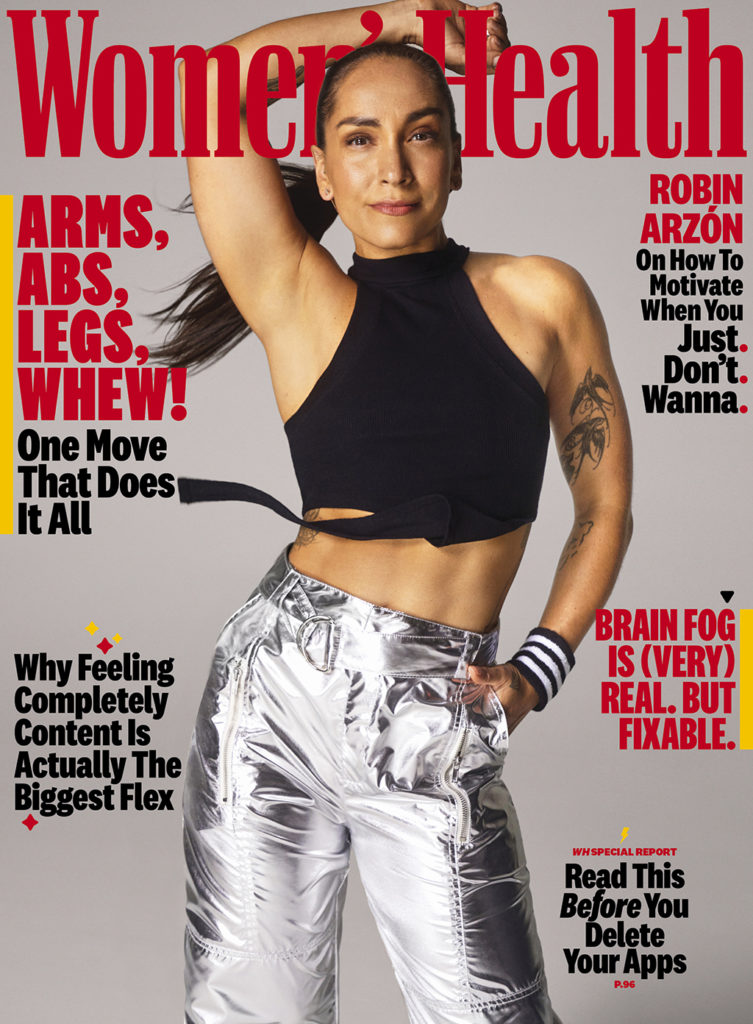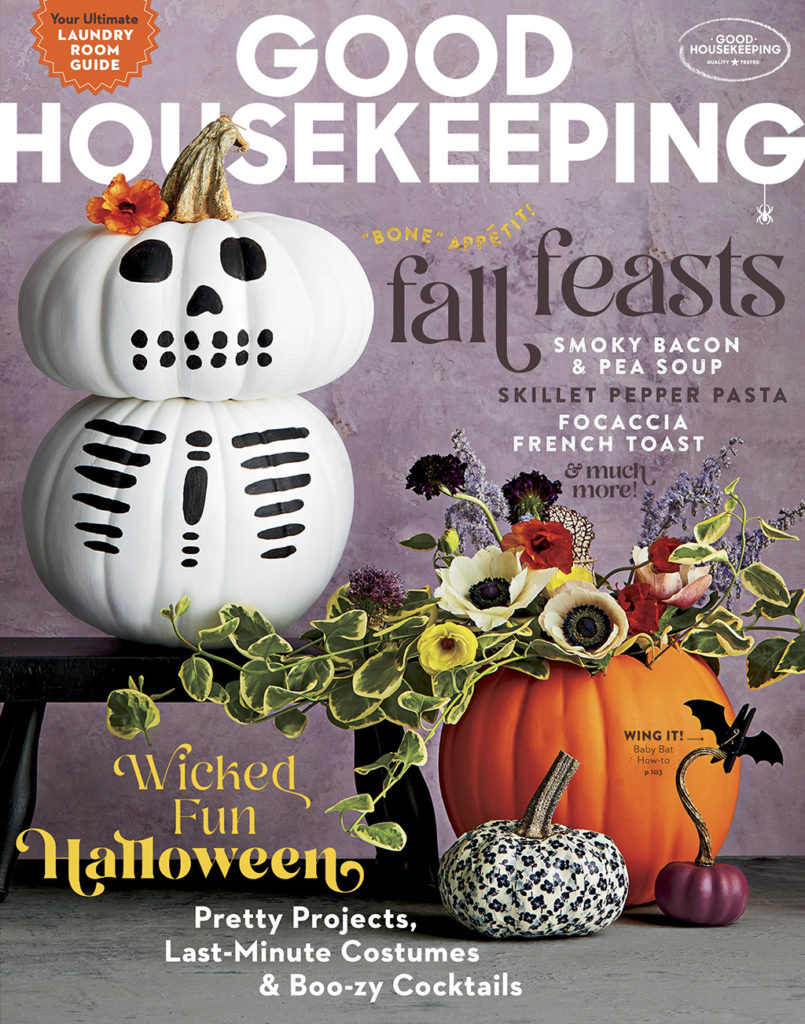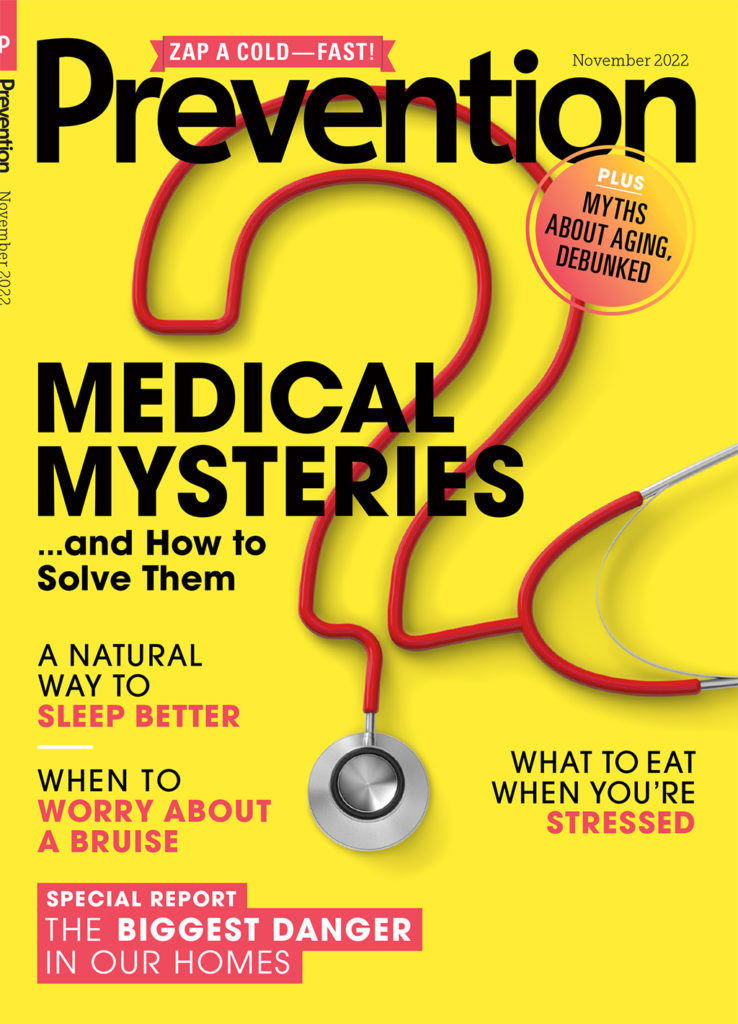Hearst has rolled out WITs (wellness interest and topic segments) and Vitals, a pair of offerings designed specifically with pharma and healthcare clients in mind.
Together, these products represent a significant investment in the pharma vertical — even by the standards of Hearst, a company which is no stranger to health content or brand marketing programs.
WITs taps Hearst’s proprietary first-party data and AI to create condition-specific audiences. Purchase behaviors, social media activity and content consumption patterns are among the factors it considers.

According to Hearst VP/head of data and audience intelligence Mike Nuzzo, WITs emerged from the early fog of the pandemic, during which Hearst audiences were more glued to their screens than usual.
“People were spending more time online, so there was a lot more data flowing through our systems,” he explained. “What we can do with WITs is query the articles people are reading, then extrapolate interests and topics to build segments.”
Nuzzo reports that clients have responded enthusiastically to the WITs offering. “One of the first questions we always get is, ‘What is your first-party data strategy moving forward? This checks that box,” he said.
Such a concern is important to pharma marketers given the continued move toward a cookie-less environment (“which should happen in a year-and-a-half, or whenever Google decides to make a decision,” Nuzzo cracked). More than 50% of Hearst’s traffic comes from cookie-less environments, he noted.
“This vertical has relied on third-party data for so long,” he said. “The question was whether we have enough of our own signal to do this at scale.”
Hearst clearly does. “We have 140 million unique users in a given month,” Nuzzo continued. “We can use AI and machine learning to distinguish between someone interested in blood sugar management versus someone just looking for sugar in a recipe. We can do that now with tremendous accuracy.”

Vitals, on the other hand, is a content play. By tapping Hearst’s entire network of brands, it sorts health content by condition and assembles it into distinct — and artfully designed — landing pages. That, according to Hearst VP/sales Karen Deutsch, allows pharma clients to “own the conversation” around those conditions.
“One of the things we saw during COVID is that consumers became even more health-conscious and proactive about their wellness,” Deutsch said. “They’re turning to brands they trust; they’re turning to Hearst and our editors are continuing to invest in health content.”
There’s flexibility built into Vitals. For content around, say, psoriasis, a pharma brand can buy up 100% share of voice (“which blocks out competitors,” Deutsch noted) or smaller percentages.

“We can combine Vitals with other offerings, too, if somebody wants to talk about other topics — like if a company with a diabetes medicine also wants to own content around heart health,” she added.
As for feedback from would-be clients, Deutsch said that many have responded to the simplicity of the Vitals pitch.
“It’s been, ‘Thank you for bringing us a simple solution to a challenge we’ve had,’” she explained. “This should be simple, but it’s usually not. I think they’re appreciative of our commitment to this space.”







